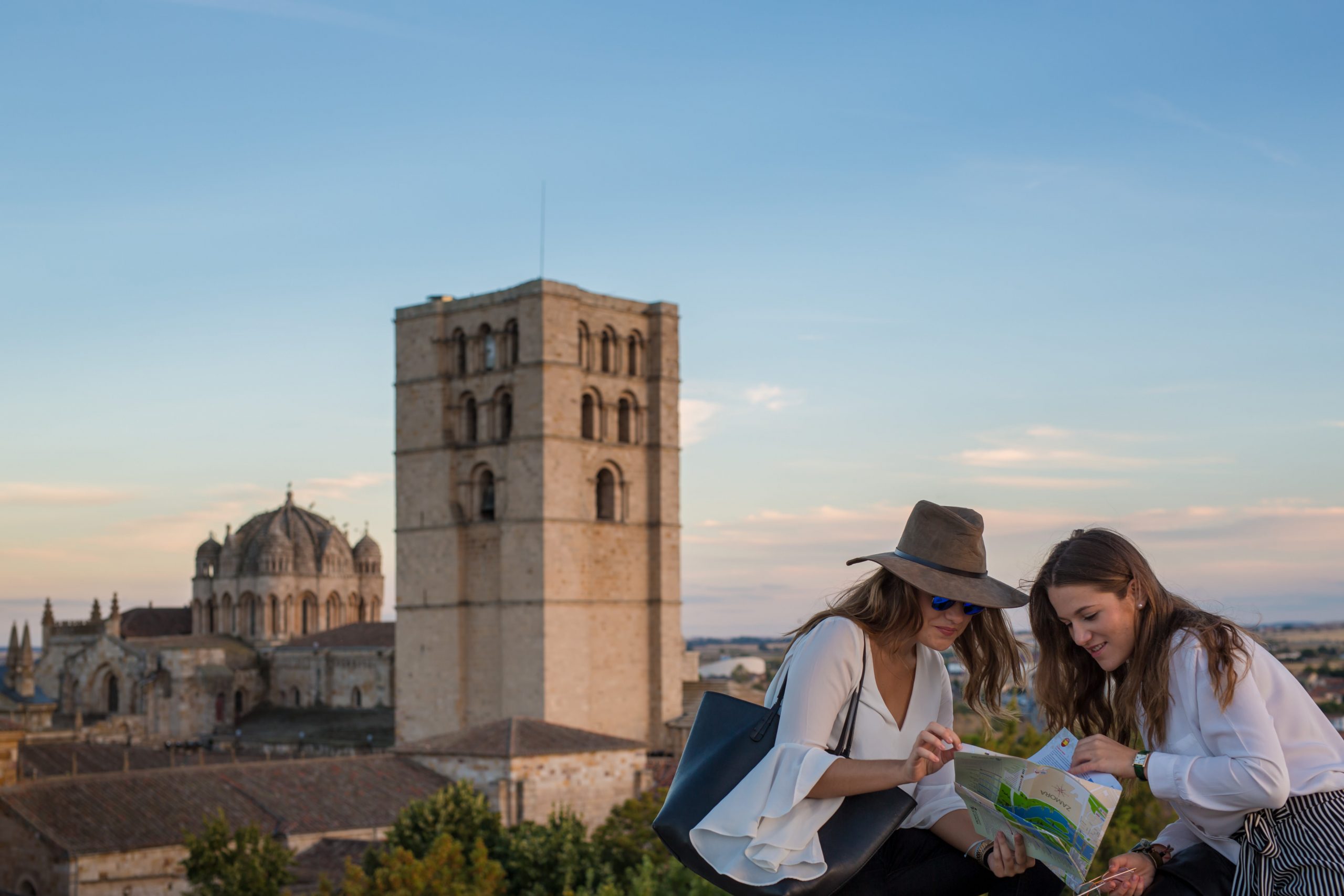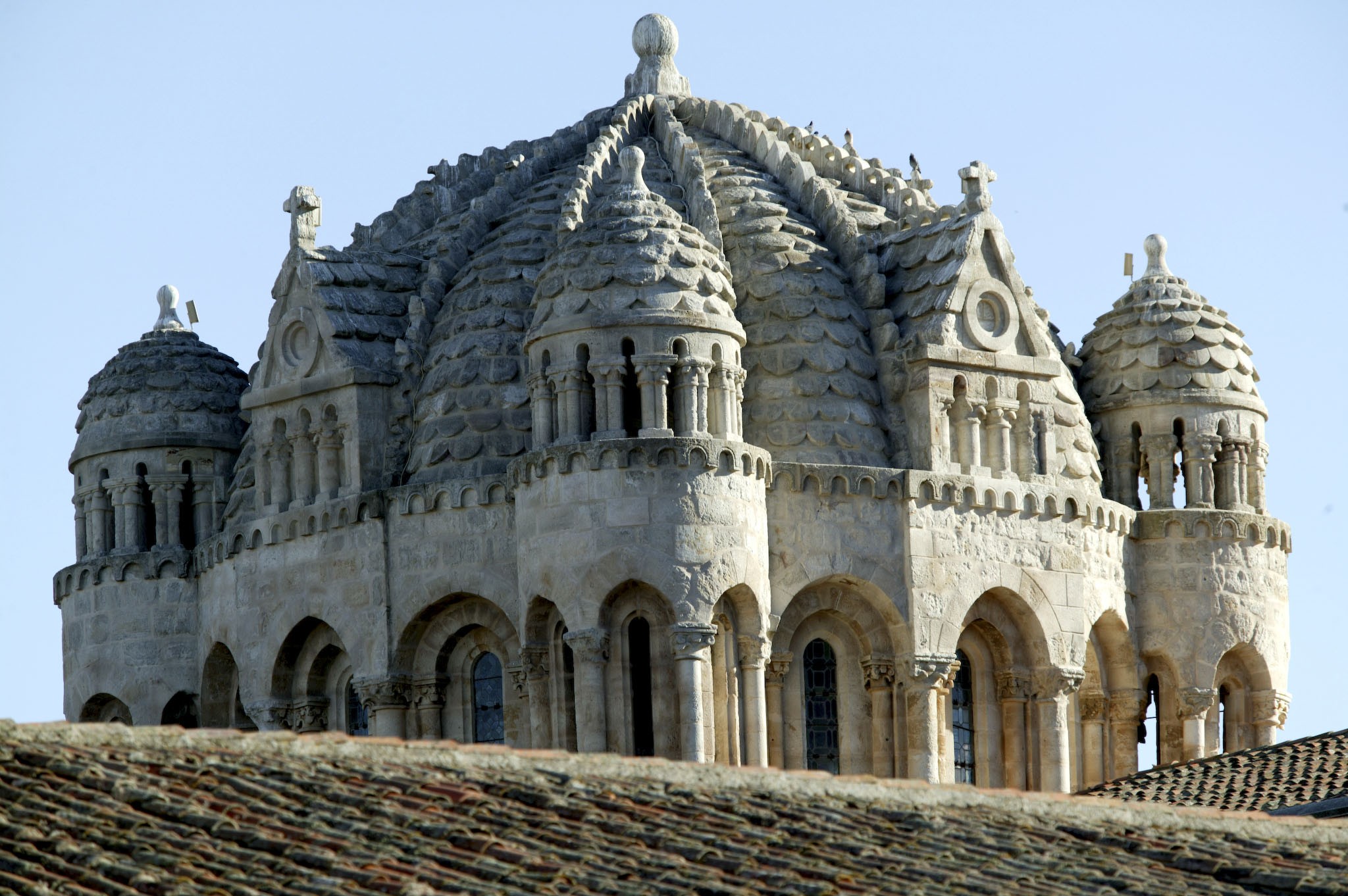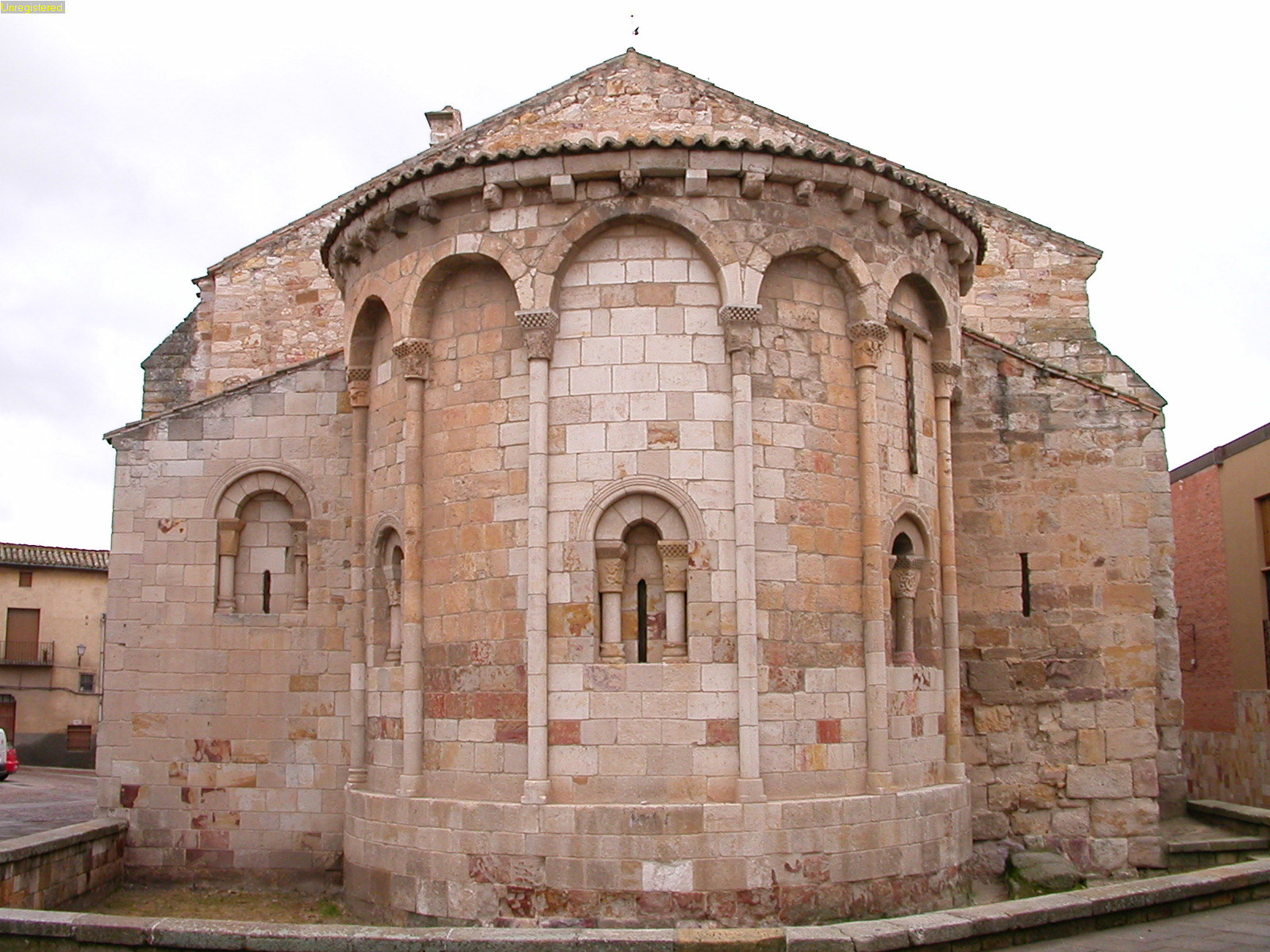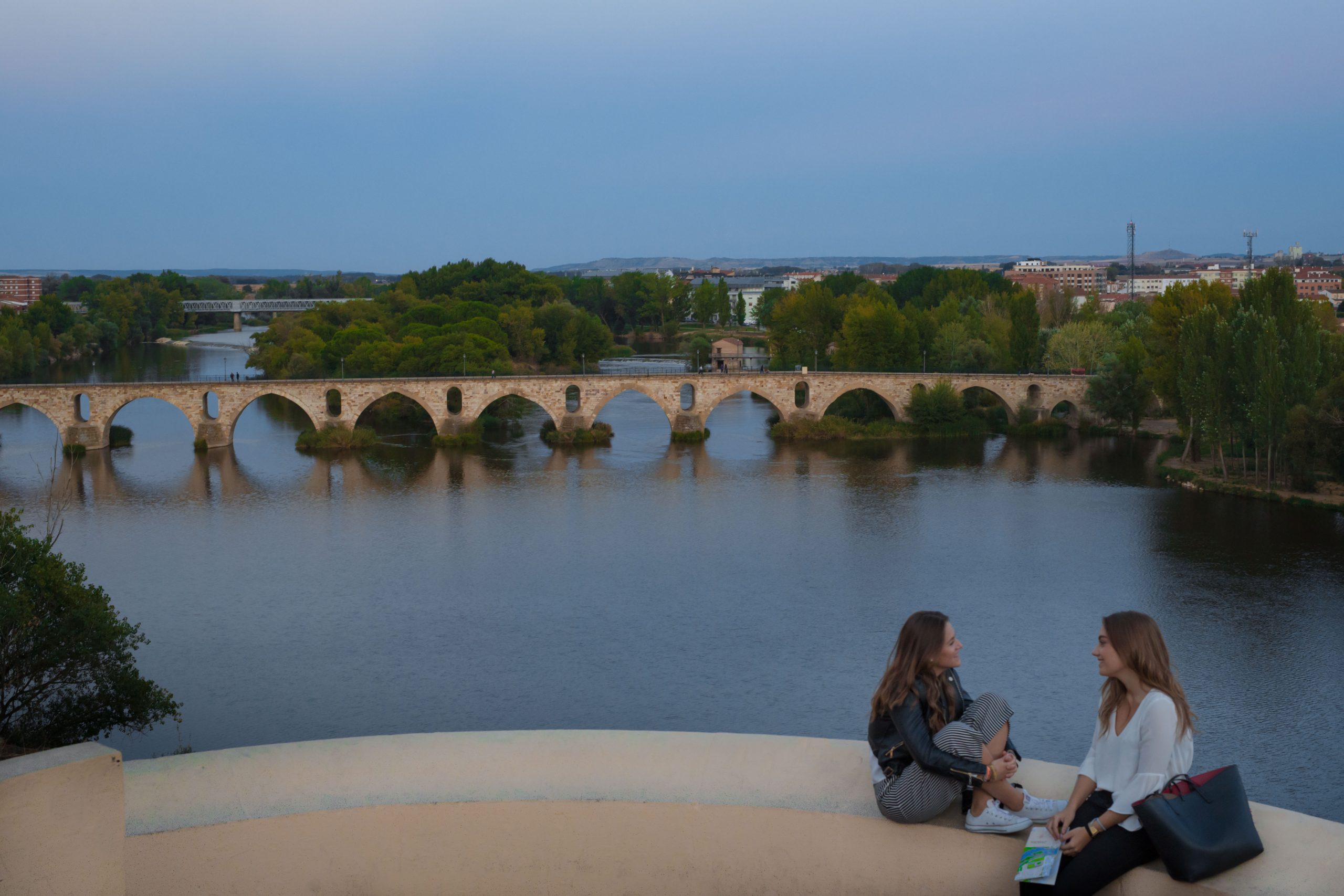
1st DAY: We begin our tour leaving the city to travel to the small town of Granja de Moreruela, just 44 km from Zamora. In this little town there are the remains of the Cistercian Monastery of Santa María de Moreruela, dating from the 12th century. Among its remains, the magnificent head of the church with its seven apses stands out and in recent years the restoration works have enabled the restoration of the living room of the monks, the chapter house, the inn and the domestic spaces of the old monastery. Before returning to Zamora we go to the small village of El Campillo where we will find a Visigothic jewel from the 7th century, the church of San Pedro de la Nave. This church has undergone a magnificent restoration, and its interior has been preserved practically without alterations since its construction. We end the morning returning to the city of Zamora and crossing its bridges to enjoy the outstanding panoramic viewof Zamora with its walls, its Cathedral, its castle and medieval churches from the other side of the river. The city has a good number of restaurants of traditional Zamora cuisine, excellent daily menus and tapas, areas like the well-known street of “los lobos” with a varied offer of tapas and wines of the different regions of Zamora. After lunch, we begin our tour in the Spanish city with the largest number of Romanesque churches. We start next to the walls of 11th-century Zamora and cross one of its most important entrance gates, the “Portillo de la Traición” or “Portillo de la Lealtad”. We arrive at the Romanesque church of San Isidoro, in whose belfry the storks are present at any time of the year. Our next stop will be the 12th century “Cathedral de El Salvador”, whose interior contains striking chapels with images of our Holy Week, the choir of John of Brussels 16th century and one of the best collections of Flemish tapestries in Europe. Next to the Cathedral there is the only example of civil architecture from 11th century Zamora: “La Casa del Cid”, located next to another beautiful gateway of the city: the Arch of the Bishop. Crossing the narrow street of El Troncosowe reach the most beautiful view point in the city to enjoy one of the best views of the Duero River, the Romanesque Bridge, another 19th century iron bridge and the river banks. We end the first day visiting the Romanesque church of San Ildefonso.


2nd DAY: We start this morning’s tour visiting the “Aceñas de Olivares”, some flour watermills from the 10th century that were the first industry of our city back in the Middle Ages. Next to Las Aceñas there is the Romanesque church of San Claudio de Olivares. Walking along the Duero River, we will arrive at the Plaza de Santa Lucía and the Zamora Museum where we can take a tour through the history of our province from the Paleolithic to the Modern Age, as well as seeing some interesting sculptural and pictorial backgrounds. We return along the river to reach the Romanesque church of Santo Tomé from the 11th century, where the Diocesan Museumis located. We pass by another Romanesque church Santa Maríade laHorta to go up the beautiful Calle Balborraz, which was the first street of artisans and merchants in Zamora from the Middle Ages, that takes us directly to the main square. It is time to enjoy the varied cuisine of Zamora and tapas from its bars and cafes in the Plaza Mayor and surroundings. Starting from the Plaza de Sagasta, next to the main square, we will enjoy the Modernist buildings of the early 20th century, which are treasures of this city, to continue towards the Plaza Mayor, where the Romanesque church of San Juan de Puerta Nueva is located, with an elegant south façade. Along the street “Corral Pintado” we reach another Romanesque temple, the church of Santa María la Nueva, located next to the Museum of Holy Week. This museum houses most of the imagery that comes out through the Zamora streets during Holy Week. We approach the Plaza de Viriato. Next to this square there is the Ethnographic Museum of Castilla y León with an interesting exhibition of our traditional culture. We continue along the “Rúa de los Francos” to reach the beautiful Romanesque church of La Magdalena, which has a southern facade with profuse decoration in its archivolts. Inside this temple we find a late Romanesque tomb that is attributed to the princess Urraca of Portugal. The monuments of Zamora are illuminated every day and night, so we recommend enjoying the charm and magic of the streets and squares in which at each step you will enjoy the Romanesque heritage of the city at any time of year.

Download here your printable version of this travel suggestion!

